This story is a sobering reminder of the resilience of the human spirit and the long road society has to travel toward kindness and acceptance. It is about a little boy who endured a devastating attack by two Rottweilers and survived, only to face cruel judgment from others due to his disfigured appearance.
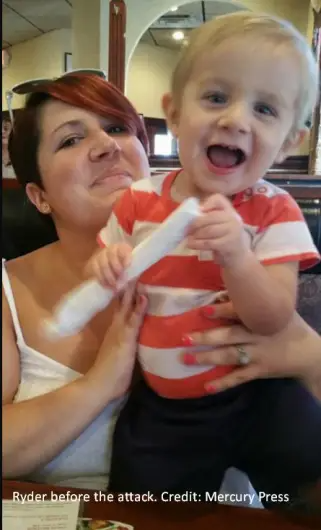
Ryder Wells was just 21 months old when the unthinkable happened. During Thanksgiving of 2015, Ryder and his mother, Brittany, were visiting family friends. Brittany recounted the horrific incident:
“We were eating breakfast, and Ryder was moving back and forth between his toys and coming back for bacon. Then, he disappeared. I looked out of the window, and he was face down in the garden.”
She continued, “He had pajamas on, but they’d been completely ripped off except for a sleeve. When we picked him up and rolled him over, his face was just gone.
“The dogs had been around him before, and they’d been fine, so I don’t know what happened. The doctors said they would do what they could, but we weren’t expecting him to make it. They told us it’s a miracle he’s still here because he was so small, and the injuries were so severe. They thought the dogs had bitten so far into his skull that he would be paralyzed.”

Ryder’s injuries were catastrophic: he lost his entire right cheek, more than half of his lip, his teeth were crushed, his right lung was punctured, and his arm was broken. He was airlifted to the hospital, where he underwent over 14 hours of surgery. For Brittany, it was an unimaginable ordeal filled with anxiety and uncertainty.

Despite the severity of his injuries, Ryder’s spirit proved unbreakable. He survived the surgeries but was left with a permanently disfigured face. Over the years, he has undergone more than 50 facial reconstruction surgeries, with more to come in the future.
However, Ryder’s battle is not just physical. He faces the harsh reality of societal judgment. Brittany shared:
“He knows people are talking about him, but he doesn’t say much. He wears glasses and a cap and sometimes hangs his head to hide his face. I try to deal with it in a way that doesn’t affect him too much. I tell him every day that he’s beautiful, that different is beautiful, and it’s okay to be different.

“But I’m absolutely terrified about when he goes to school. There are always going to be a few kids who aren’t kind. When he started kindergarten, the kids learned about Ryder before they met him so they wouldn’t be as shocked. You always want your kid to be accepted and to fit in. Just because he’s different doesn’t make him any less of a person.”
Despite the challenges, Ryder has found a supportive community. Brittany expressed gratitude for the kindness they’ve encountered:
“He has a great group of friends, and people in town know him now, which boosts his confidence. He’s been amazing in how he’s adapted after everything he’s been through.”
Now five years old, Ryder’s journey is far from over. His family has started a GoFundMe campaign to support his future surgeries and treatments. Ryder’s story is a testament to his incredible resilience and a call for greater kindness and empathy in the world. We wish Ryder a life filled with love, acceptance, and opportunities to thrive despite the challenges he has faced.
Bruce Willis’s family facing tragic new health battle as daughter struggles
The Willis family has gone through a lot during these past months, and their struggles are far from over.
Ever since the Die Hard star was diagnosed with a condition that affects one’s ability to communicate, the world fell silent. His family provided him with extreme support and has been updating his fans of Bruce’s condition regularly.
Bruce withdrew from from the spotlight, and later on, he was diagnosed with a more specific condition; frontotemporal dementia.
“Our family wanted to start by expressing our deepest gratitude for the incredible outpouring of love, support and wonderful stories we have all received since sharing Bruce’s original diagnosis,” his daughter Rumer Willis posted on the social media.
“In the spirit of that, we wanted to give you an update about our beloved husband, father and friend since we now have a deeper understanding of what he is experiencing.
“Since we announced Bruce’s diagnosis of aphasia in spring 2022, Bruce’s condition has progressed and we now have a more specific diagnosis: frontotemporal dementia (known as FTD).”
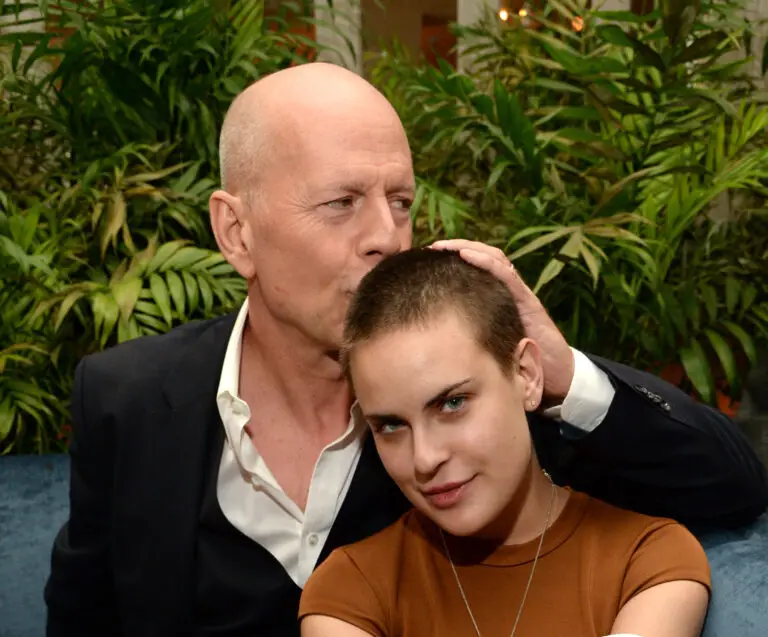
As Bruce’s wife, ex-wife, and his daughters were as well affected by his illness, his daughter Tallulah, whom the actor shares with Demi Moore, is experiencing issues with her mental health and they get worse as her father’s health condition worsens.
Tallulah spoke openly of her anorexia after she was dumped by her fiancè Dillon Buss less than three months after her father’s aphasia diagnosis.
As per reports, Bruce is being aware of his daughter’s suffering.
“Bruce could see her wasting away and it only made his own problems worse,” a source said, as reported by Radar.
“Bruce was shattered when he saw Tallulah’s suffering,” the insider went on.
“It got to the point where the family thought it would be better if they weren’t around each other at all.”
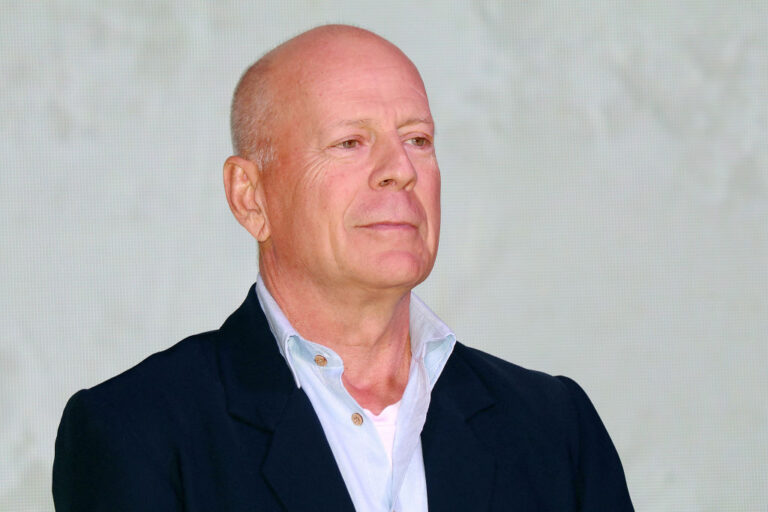
Tallulah has been diagnosed with borderline personality disorder after she checked into an in-patient facility following the breakup.
In the essay she penned for Vogue Magazine, Tallulah explained that her struggles with body dysmorphia began when she started taking medication for ADHD.
“I felt smart for the first time,” Tallulah said of taking her medication, “but I also started to enjoy the appetite-suppressant side effect of the meds. I saw a way to banish the awkward adolescent in favor of a flighty little pixie. And like so many people with eating disorders, my sense of myself went haywire.
“There’s an unhealthy deliciousness at the beginning of losing weight rapidly. People are like, ‘Oh wow!’ And then quickly it turns to, ‘Are you okay?’ My friends and family were terrified, and I dismissed it.”

The 29-year-old added: “By the spring of 2022, I weighed about 84 lbs. I was always freezing. I was calling mobile IV teams to come to my house, and I couldn’t walk in my Los Angeles neighborhood because I was afraid of not having a place to sit down and catch my breath.”
We truly hope Tallulah would be able to overcome her health issues.

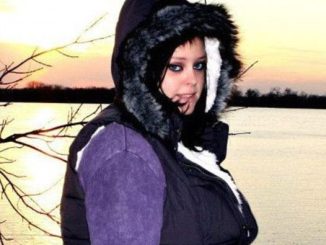
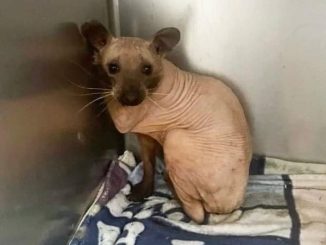
Leave a Reply